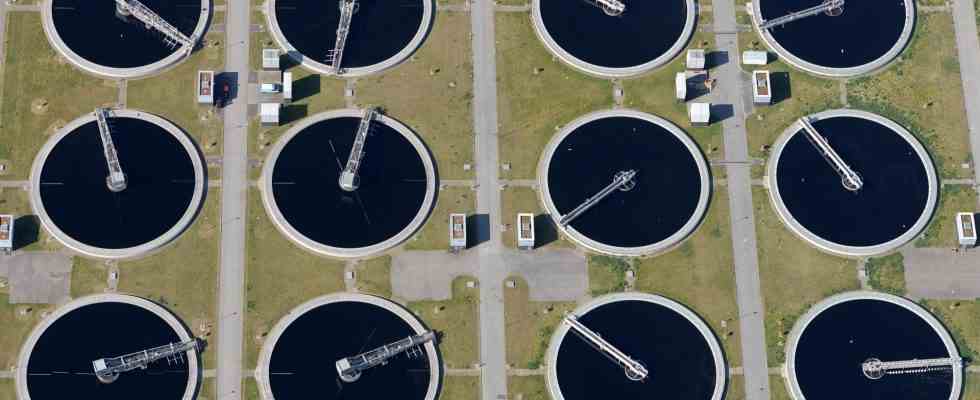Status: 03/22/2023 3:02 p.m
Sewage treatment plants use a lot of energy to turn dirty sludge into clean water. The examples from Trier and Neuwied show that there is another way.
Sewage treatment plants turn dirty sludge into clear water – and they use a lot of energy to do this. A huge cost factor for cities and municipalities, there are around 10,000 sewage treatment plants nationwide. Operators are not just looking for ways to save energy when electricity prices are skyrocketing.
A potential analysis was carried out at Stadtwerke Trier ten years ago in order to then optimize the processes. As a first step, the clarification processes were controlled more effectively – with the help of artificial intelligence. About 25 percent electricity could be saved in this way.
From power guzzler to energy producer
But in the meantime, Trier has taken a big step forward: the sewage treatment plant has gone from being a power guzzler to an energy producer. An energy and technology park has been created on the site of a former paper factory right next to the main sewage treatment plant. There are now two combined heat and power plants that are operated with sewage gas. This occurs when the sewage sludge is stored in two large so-called digestion towers. The electricity and heat produced in this way can be stored.
A combined heat and power plant on the Trier municipal utility plant.
Image: SWR
A waste product of water purification – dirt turns into gold, so to speak. The treated wastewater rushes through a turbine into the rivers and thus also generates electricity. Around eight million cubic meters of water are cleaned in the Trier sewage treatment plant every year and then fed into the Moselle and Kyll rivers. In addition, almost all buildings in the energy park have been equipped with photovoltaic systems on the roofs, another source of electricity.
The energy and technology park was opened six months ago. The balance? “Our degree of coverage of energy production and consumption for the operation of the sewage treatment plant and the technology park is 101 percent,” says Marius Barbian, technical employee at Stadtwerke Trier. “We are therefore energy-neutral. In a nationwide comparison, we are one of the top systems in terms of electricity consumption.”
Photovoltaic systems on the roofs of Stadtwerke Trier.
Image: City of Trier
German premiere for the solar folding roof
The ideas of using combined heat and power plants and photovoltaic systems in sewage treatment plants are not new. However, not all municipal utilities have the appropriate buildings and areas.
The service companies in Neuwied have also examined where energy generation would be possible in the area of the sewage treatment plant. The problem: the ancillary construction costs would exceed the yield of a photovoltaic system because the areas are so small.
Nevertheless, an unusual solution makes it possible: with a solar system in the form of a folding roof. The technology comes from Switzerland, and a 1600 square meter clarifier is currently being built over with the photovoltaic system.
If necessary, for example for maintenance work on the sewage treatment plant, the roof is folded up and retracted like an accordion. “But that also happens in strong winds or hail, so we are protected from damage,” says operations manager Marco Madzgalla. Around 180,000 kilowatt hours are generated with the solar cells, which is eight percent of the total consumption of the sewage treatment plant.
It is not yet clear whether further photovoltaic systems will be installed. “We have potential for this, but we could then generate more electricity than we consume. So we would change from being a customer to being an energy supplier – that’s not our core business and it’s also not very easy from a legal point of view.” The system is scheduled to go online at the end of April – as the first in Germany.
At Stadtwerke Trier, the focus is initially on optimizing the existing infrastructure. There are many small measures that pay off for the operator. If this had not started ten years ago, the electricity consumption of the sewage treatment plant would have been around 65 percent higher than it is now.

